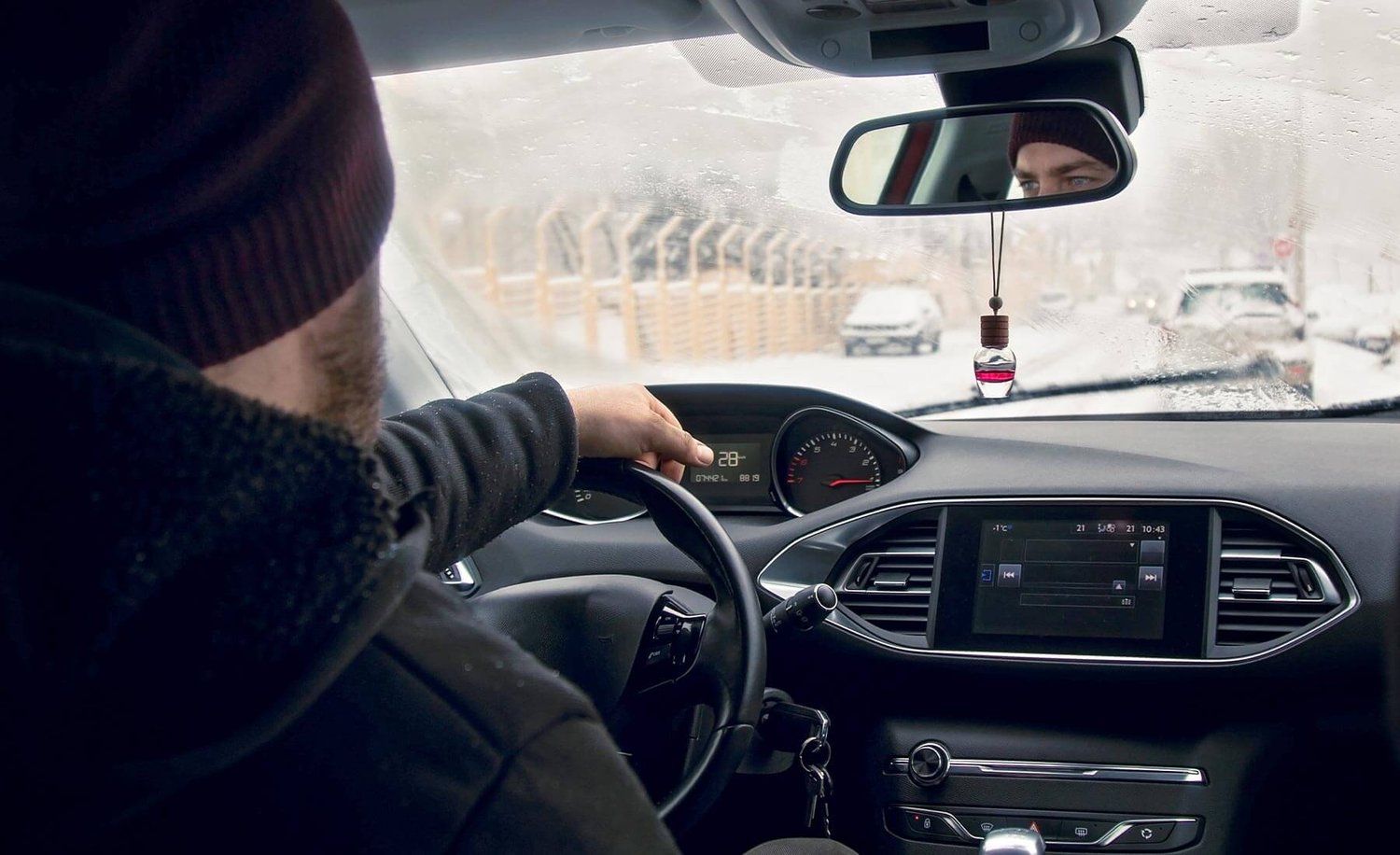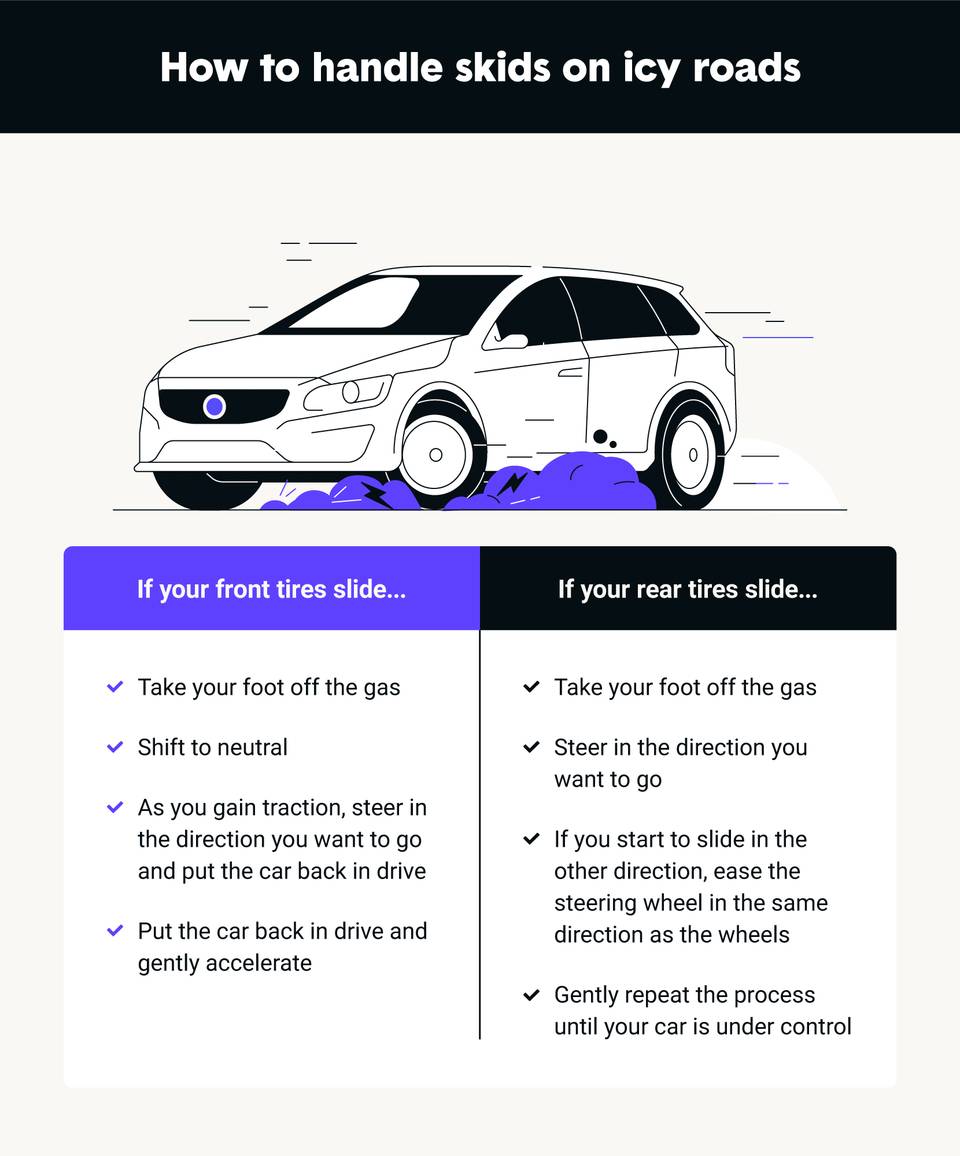1. Only drive if necessary
First and foremost, you should only drive in the snow if it’s absolutely necessary. If the weather is bad, it’s best to stay put as 17% of car accidents occur during winter weather conditions.
Even if you’re a pro at driving in the snow, other people may not be, which increases your risk of an accident even if you’re not at fault.
2. Study your route
If staying home isn’t an option, study your route before heading out on the road and give yourself enough time to reach your destination. To be prepared for any potential disruptions, check the local weather reports and traffic updates so you know what to expect while on the road.
Additionally, choose a route that uses the major roadways in your area, as these roads are more likely to be plowed or spread with grit which makes them less slippery for vehicles during icy weather.
3. Remove snow and ice
The car hood and windshield are obvious spots for removing ice and snow, but don't forget to clear off all the snow on your car, including the roof, mirrors, lights and back windows.
In some states, it’s actually illegal to drive with snow on your car, so check your state’s regulations and stay safe by clearing off your vehicle before you start driving.
For an unobstructed view in all directions, clear the snow from all areas of your vehicle and use an ice scraper or credit card to remove any ice that may have formed on your windows and mirrors.
4. Warm up your vehicle
While many drivers are convinced that allowing your car to warm up before driving in the cold is better for the car’s engine, experts say it’s only a good idea for defogging your windshield and warming up the cabin.1
This should only take about a minute, so don’t waste gas and emissions by letting your car run for 20 minutes in the driveway.
5. Get winter tires
If you live in a cold area that gets frequent amounts of snow, you should definitely invest in winter tires, also known as snow tires. Even the best set of all-season tires cannot compare to the traction that proper winter tires offer in the snow, slush and ice.
You might also consider purchasing snow chains for your tires, which can effectively dig through snow and ice. The chains can hold onto the pavement and help keep your car from slipping. Keep in mind that you cannot drive a vehicle at a high speed while it has snow chains installed.
6. Be prepared with an emergency kit
In case something does happen while you are on the road, it’s always a good idea to have a winter emergency kit stored somewhere in your vehicle. Your kit should include basic survival supplies, safety items, car maintenance tools and winter clothing.
You can find the whole list of items in our guide on what to include in a winter car emergency kit.





